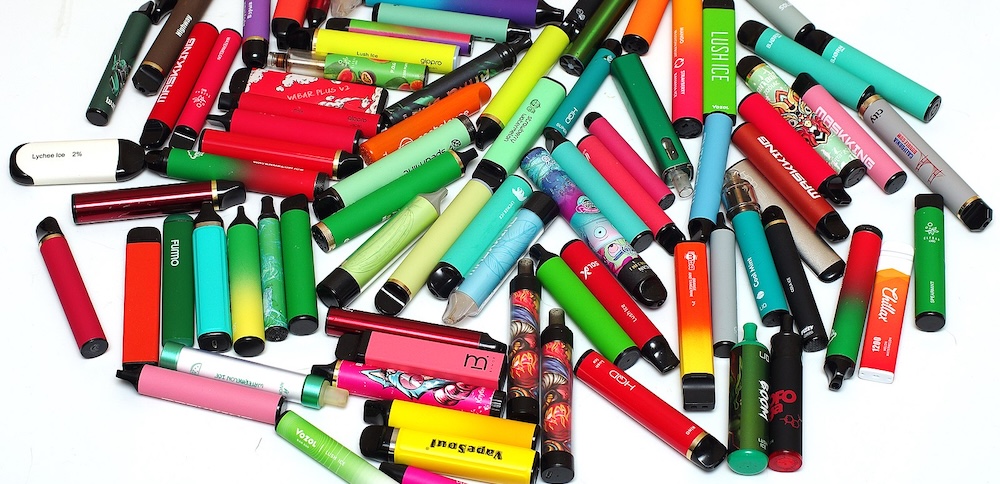
Are the new Sydney Fish Markets stirring up toxic sludge? Here’s what’s being done to manage pollution

Image: New Sydney Fish Markets construction site. Photo: Fontalis Project Services.
By ERIN MODARO
Construction is well underway at the site of the new Sydney Fish Markets, where a feat of engineering has pumped over 100 million litres of water out of a new construction dam, called a cofferdam, in Blackwattle Bay.
The watertight structure was created through removing the equivalent of 40 olympic size swimming pools of water from the harbour, exposing 20,000 square metres of seabed, and making way for construction of the new building that will house the markets.
While the NSW government has branded the project an “engineering feat”, submissions to the development application received back in 2019 reveal a common worry over the uncovering of toxic heavy metals and polluted sediments that lie at the bottom of Blackwattle Bay.
However, the NSW government and the Environmental Protection Agency affirm that measures are being taken to tightly manage the harbour’s water quality and minimise the impact that stirring up polluted sediment might have.
Toxins, guts and sewage
Sydney’s Harbour represents both a glittering gem of renown, and also a longstanding reminder of the foreshore’s industrial past. A 2015 Parliamentary report into pollution in Sydney Harbour revealed that it has some of the highest levels of toxic heavy metals in its sediments in both Australia, and the world.
Since colonisation, Sydney’s Harbour has been a hub of pollution and industry due to its uses for transport and access to water for industrial processes. Historically, the harbour was a dumping ground for sewage, industrial run-off in a time before regulation, slaughterhouse refuse, and general waste.
Leaching out from the original European settlement in Port Jackson, Blackwattle Bay and its surrounds were quickly populated with a swell of factories and industry. Blackwattle Bay was poisoned with a slew of heavy metals in a rapid period from 1866 to 1876, with pollution coming from coppersmiths, paint manufacturers, distilleries and coal-depots lining the waters.

The boom of widespread industrialisation hit Sydney after the 1870s, and by 1900 almost all of Sydney’s foreshore was marked with industry. In the inner-west, construction on the White Bay Power Station on the shores of Rozelle started in 1912, and the station remained in operation until 1984. The Glebe Island abattoir, just off the coast of Balmain, was one of Sydney’s single largest polluters up until its closure in 1915.
In recent years, stormwater run-off has been the largest contributor to pollution in the harbour.
Submissions show trend of concern
In a summary of submissions received by the DPE in 2019 for the Fish Markets’s stage 2 development application, the NSW government revealed that 26% of all submissions listed “contamination” as a concern for the development- it was the third most objected issue with the designs, coming behind traffic and parking concerns.
In a submission from The Glebe Society, which outright objected to the development, the community group listed fears of a “risk of chemical contamination” that would threaten biodiversity in the bay.
The City of Sydney highlighted concerns over the exposure of heavy metals and acid sulphate soils to oxygen, which they said can “cause harm to marine flora and fauna if disturbed, exposed to oxygen and then re-submerged during piling”.
Piling refers to the marine construction technique of marine piling, which is the process of driving large piles into bedrock as a foundation for over-water buildings. The new Sydney Fish Markets requires 400 steel piles to form its foundation, which have already been installed at the site.
Piling is primarily used for wharf structures across Sydney Harbour, and is a common construction technique. A 2019 EIS for the new fish markets said that piling was chosen over dredging to “minimise disturbance to the sea bed and interface risks associated with existing pollutants”.
The process of dredging, which includes scooping up contaminated sediment in large qualities off the floor of the harbour, was thrown under the microscope last year when it was going to be used to construct new under-harbour tunnels. Water quality experts came out in fierce opposition to the technique due to the disturbance of large amounts of toxic sludge, posing a risk of dramatically reducing water quality. The Western Harbour Tunnel dredging plan has since been scrapped by the state government.
While the NSW government claims that marine piling is favoured over dredging, UNSW researcher and water contamination expert Professor Stuart Khan explained that “any construction that impacts the floor of the harbour will re-disperse sediment”.
Assessment confirms pollution in Blackwattle Bay
A sediment characterisation assessment carried out for the new fish markets found that “elevated heavy metals were reported in sediments across the extent of the investigation footprint”.
“The primary heavy metals of concern comprise copper, lead and zinc, with population data sets typically exceeding the adopted GV-high sediment contaminant thresholds,” the assessment reads.
Professor Khan said that the heavy metals can pose a risk to marine life.
“Metals like lead, copper and zinc can accumulate in aquatic organisms (fish and other species) and can be toxic to these species. They can also make the fish unsuitable for human consumption.”
The assessment also found that all sediments tested held potential acid sulphate soils, which are naturally occurring and common along the NSW coast, however can become harmful when exposed to air.
“The potential acidification from oxygen-exposure to sulphur containing soils could also have a significant environmental impact. This could turn water in the bay acidic (reduce the pH), which could itself lead to further fish kills,” Professor Khan explained.
Sydney Council recommended that the Environmental Protection Agency (EPA) carry out a peer review on the proposed Remediation Action Plan and “any further contamination reports prepared for the site”.
The EPA recommended in their own submission that a water quality management plan be developed prior to the removal of the sheet-piling, which they say if removed is “likely to disturb sediments and could generate a turbid plume, potentially containing elevated levels of contaminants”.
This much can be said with certainty- the process of construction in the harbour is going to stir up at least some of the contaminated sediments that exist in Blackwattle Bay.
Risk management at hand










